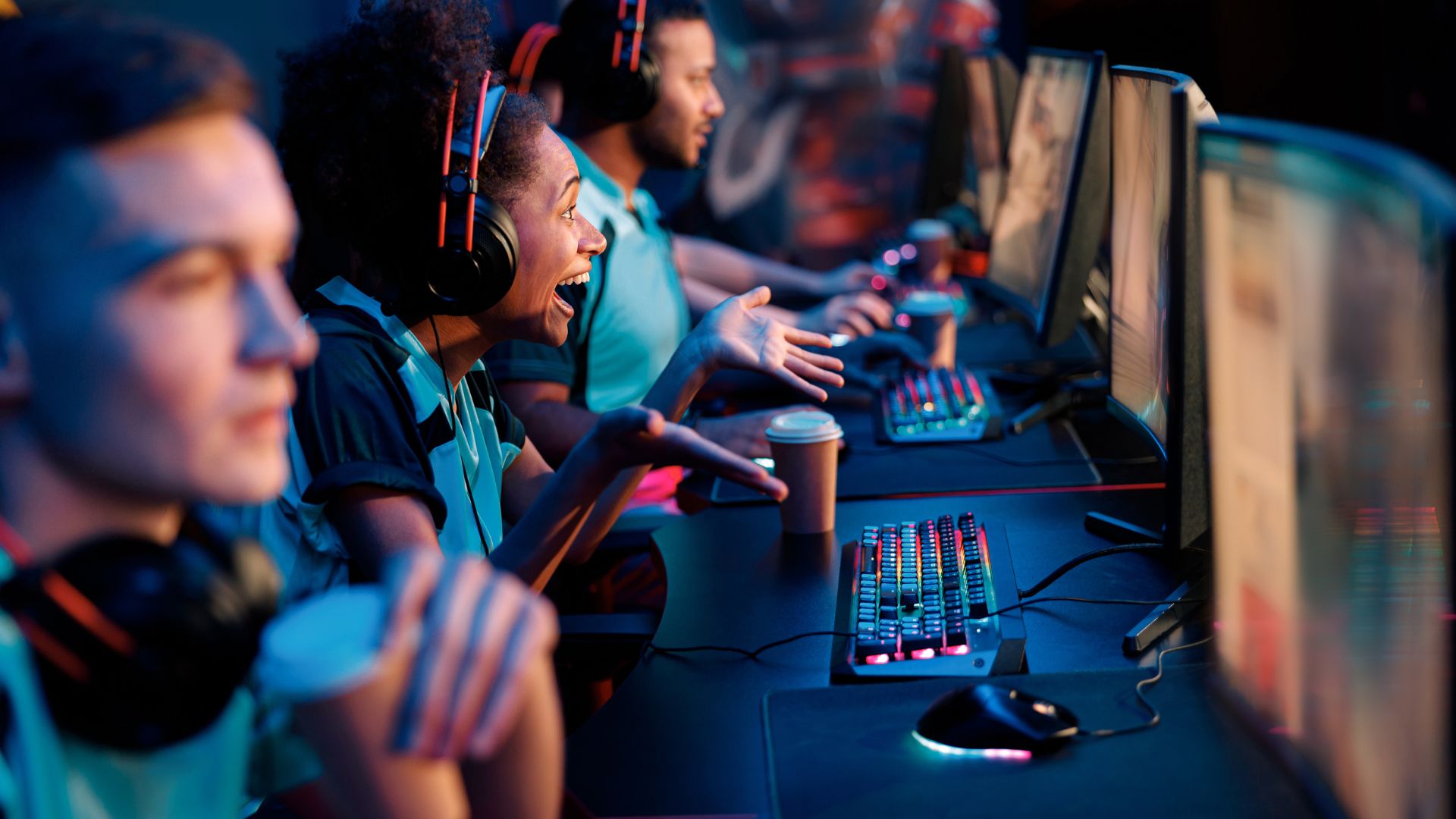In the dynamic world of digital entertainment, the gaming area has carved out a niche that’s both exciting and ever-evolving. It’s more than just a pastime—it’s a culture, a community, and for some, a passion that transcends the boundaries of reality.
This article delves into the fascinating realm of gaming areas, exploring their significance in the modern world and how they’re reshaping the entertainment landscape. From the adrenaline-fueled world of eSports to the immersive experiences offered by virtual reality, the gaming area offers a myriad of avenues for exploration.
The gaming area represents not only a physical space but also a virtual one. It has transformed into a vibrant and inclusive community that fosters social interaction, engagement, and competition.
Gaming Area
Gaming spaces have transcended their initial concept. Where it was once synonymous with a corner of the living room or bedroom designated for a game console or PC, the term now incorporates expansive online platforms for eSports, forums for discussion, and various social media groups centred on gaming. From the rise of dedicated gaming cafes, arenas for eSports competitions, to the prevailing trend of online multiplayer games providing a digital gathering space, gaming spaces evolve parallel to technology. These developments echo one trend: Gaming spaces focus, distributing entertainment and creating interactive social communities along the way.
Essential Elements of a Gaming Area
A game area, at its core, comprises a couple of chief elements. First, it houses the hardware required for game-playing, such as a gaming console, PC, controller, headset, or VR goggles. Next, software plays a key role, predominantly comprising the games themselves, coupled with online multiplayer services or digital marketplaces like Steam or Xbox Live. Another element involves the accessories amplifying the gaming experience: comfortable seating, lighting, multiple monitor setups, and often specialized gaming keyboards and mice.
However, in the broader sense, the gaming area also includes the online platforms and physical establishments catered to gaming. These spaces equip communities with the ability to share experiences, strategize, celebrate victories, and learn from defeats. They offer an avenue for players globally to interact and compete, making them integral to the gaming area concept.
Designing the Ultimate Gaming Area
Choosing the Right Location
Optimal location selection plays a pivotal role in crafting the perfect gaming area. Ideally, a gaming room requires a quiet and spacious area that minimizes distractions and provides ample room for gaming equipment. Private rooms, such as a basement or attic, often fits the bill, offering isolation from household noise and, importantly, enough space to accommodate a gaming setup. For a more social gaming experience, larger communal spaces like a den or living room are viable options.
Ergonomics and Comfort
Ergonomics merits critical emphasis in a gaming area design. It’s about more than simply comfort—it’s the science that seeks to minimize strain and maximize efficiency. To exemplify, ergonomic gaming chairs, such as the Secretlab Omega or the Herman Miller X Logitech G, incorporate features like adjustable armrests, head and lumbar support, ensuring a comfortable gaming experience. Similarly, investment in adjustable desks or monitor stands, like the IKEA Bekant or the AmazonBasics Premium Monitor Stand, facilitates optimal screen height, and positioning, mitigating potential neck strain.
Lighting and Ambiance
Effective lighting design substantially impacts a gaming area’s ambiance. Ideally, appropriate room lighting complements the screen’s brightness to mitigate eyestrain. A scenario is the use of adjustable ambient lighting like the Philips Hue system, enabling gamers to customize color temperatures matching their preferred gaming modes. Moreover, LED light strips attached to the back of the gaming screen provide a subtle, immersive backdrop. This, combined with decorative elements such as themed posters, action figures, or gaming memorabilia, helps to personalize and enhance the overall gaming environment.
Delving deeper into creating an optimal gaming environment, the technology setup plays a crucial role. This section focuses on identifying the perfect technology setup, comprising the right monitor or screen.
